Prague’s communist past casts a long shadow over the city’s history. Following World War II, Czechoslovakia fell under Soviet occupation, ushering in decades of totalitarian rule that stifled creativity, silenced dissent, and eroded individual freedoms. Yet, within this oppressive atmosphere, a resistance movement grew, eventually leading to the Velvet Revolution and the restoration of democracy. Today, the echoes of this pivotal era can be seen in Prague’s architecture, heard in the stories of its people, and felt in the very fabric of the city. Uncovering the complexities of this communist legacy promises to reveal a deeper understanding of Prague’s remarkable transformation.
Key Points
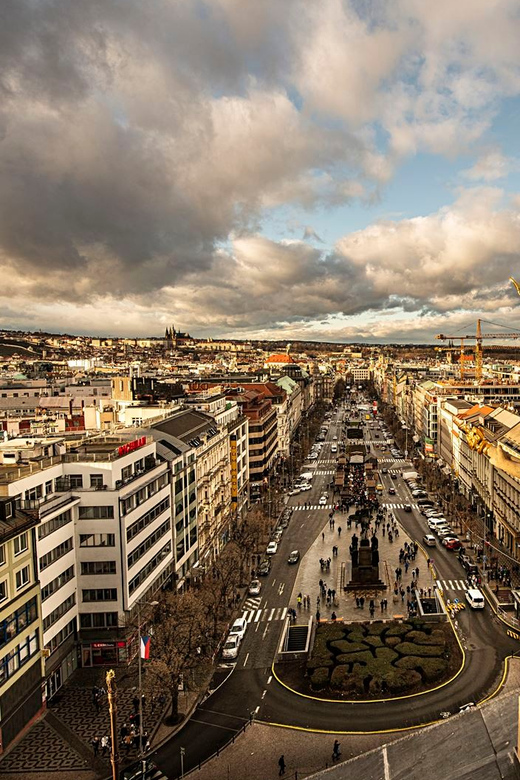
- Prague experienced Soviet occupation and communist rule after World War II, leading to the transformation of Czechoslovakia into a totalitarian state.
- Citizens faced limited freedoms, consumer shortages, and a stagnant economy under communist control, with the arts and media heavily censored.
- The Velvet Revolution of 1989 restored democracy and shaped Prague’s modern identity, marking the end of the communist era.
- Significant locations in Prague, such as Wenceslas Square and National Street, played pivotal roles in the pro-democracy demonstrations and student activism during the communist period.
- The legacy of communist totalitarianism continues to influence Prague’s modern identity, with the contrast between grand architecture and intimate dissident alleyways reflecting the enduring impact of this historical chapter.
Tour Overview and Details
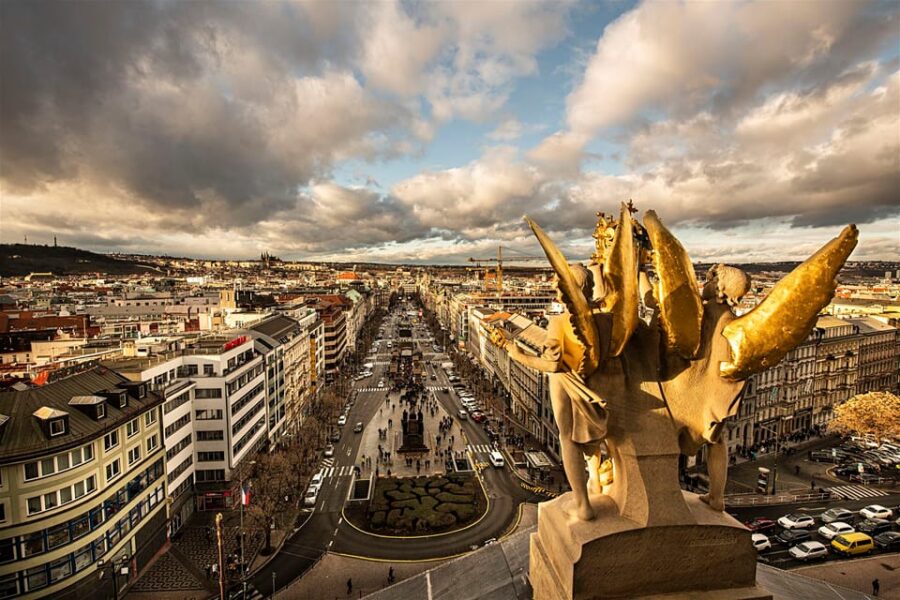
This Prague Communist Past tour offers an immersive 2-hour experience, priced from £18.55 per person.
It’s a small-group tour limited to 10 participants, with free cancellation up to 24 hours in advance.
The meeting point is at the Guides&Tours office in Old Town Hall, Old Town Square, and the tour runs rain or shine.
Participants will explore Prague’s communist totalitarianism, occupation, and revolution, learning modern history interactively from an official licensed guide with vintage photographs and stories.
The tour route includes significant locations like Old Town Square, Wenceslas Square, and Václav Havel Square, providing an in-depth look at life in Prague post-WWII.
You can also read our reviews of more tours and experiences in Prague.
Tour Experience and Highlights
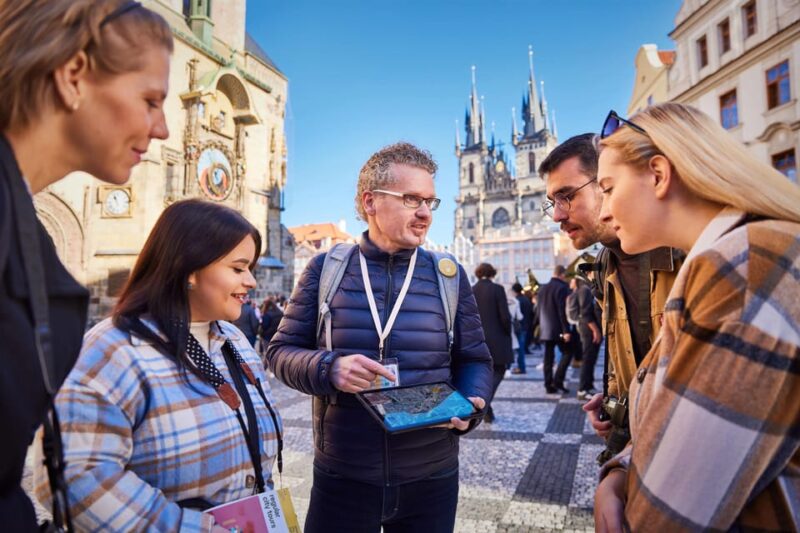
The Prague Communist Past tour offers an immersive and engaging experience for participants, focusing on the city’s communist totalitarianism, occupation, and revolution.
Led by official licensed guides, the tour takes travelers through significant locations, including the Old Town Square, Wenceslas Square, and Václav Havel Square.
Vintage photographs and captivating stories bring the modern history to life, allowing visitors to interactively learn about post-WWII life in Prague.
The small group size ensures a personalized experience, fostering an intimate understanding of the city’s tumultuous past.
Whether you’re a history buff or simply curious about Prague’s communist era, this tour promises an insightful and enlightening exploration of the Czech capital’s fascinating heritage.
Tour Route and Locations
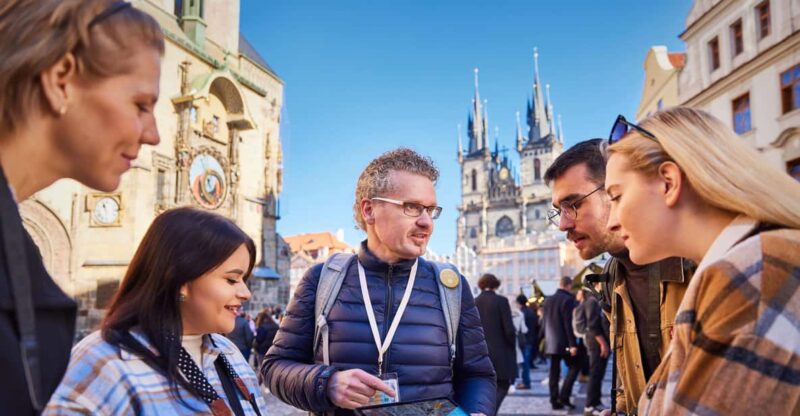
Key locations along the Prague Communist Past tour route include the Old Town Square, where participants gain insight into the city’s historic center and the impact of communist rule. The tour also explores Železná Street, the Fruit Market, Rytířská Street, Wenceslas Square, and the Franciscan Garden. Visitors learn about the post-WWII period and the Velvet Revolution at significant sites like Národní Street, Platýz, and Václav Havel Square. Though there are no entrance fees, the walking-only tour provides an immersive experience through the lens of Prague’s communist history.
| Location | Significance |
|---|---|
| Old Town Square | Historic city center, communist influence |
| Železná Street | Impact of communist rule on daily life |
| Wenceslas Square | Site of Velvet Revolution protests |
| Národní Street | Backdrop for momentous historical events |
| Václav Havel Square | Symbolic of the transition to democracy |
Booking Information
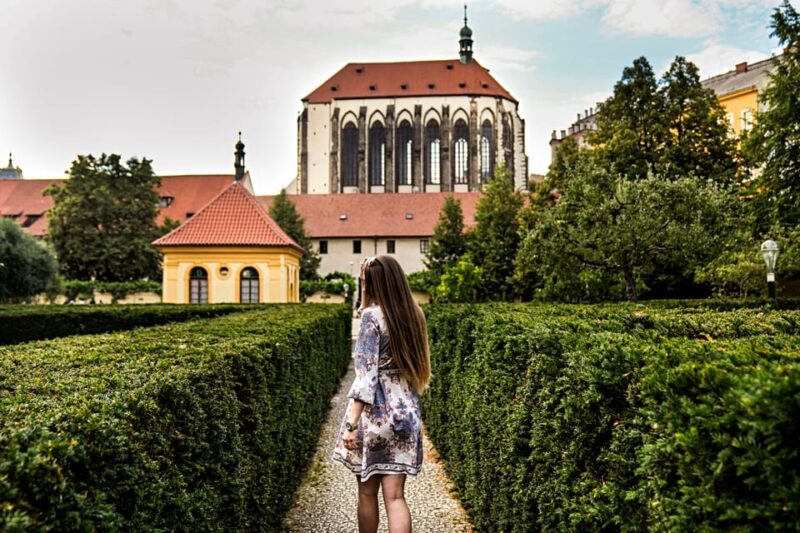
Visitors can reserve the Prague Communist Past tour and pay later. The booking process is straightforward, allowing travelers to select the date and number of participants.
Luggage and large bags aren’t permitted on the tour, so travelers should plan accordingly. With a free cancellation policy up to 24 hours in advance, it’s easy to adjust plans if needed.
The small group size of 10 participants ensures an intimate and personalized experience. Whether visitors are history buffs or simply curious about Prague’s past, this tour provides an engaging and informative look at the city’s communist era.
More Great Thing To Do NearbyCustomer Feedback
Travelers consistently praise the Prague Communist Past tour, awarding it an impressive 5-out-of-5 rating based on 2 reviews.
Reviewers highlight several key aspects that contribute to the tour’s success:
- The guide’s extensive knowledge and captivating storytelling, bringing the communist era to life.
- The interactive learning experience, with vintage photographs and firsthand accounts of life under totalitarianism.
- The thought-provoking exploration of Prague’s post-WWII history and revolution.
- The well-organized tour route, covering significant landmarks that shaped the city’s communist past.
The overwhelmingly positive feedback underscores the tour’s ability to provide an engaging and informative glimpse into Prague’s complex historical narrative.
Life in Prague Post-WW2
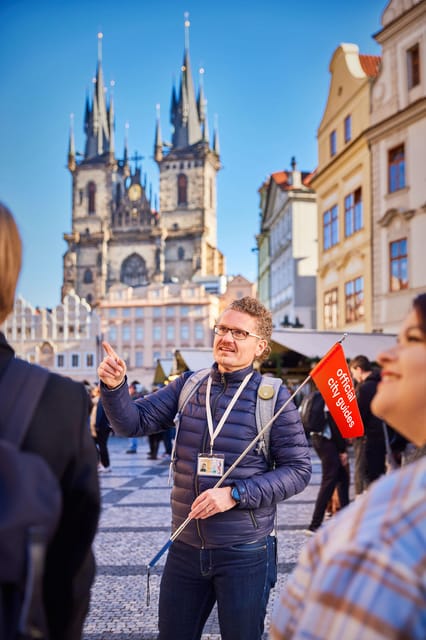
Following the Soviet occupation of Czechoslovakia in 1948, life in Prague underwent a profound transformation as the city transitioned into a communist totalitarian state.
Strict government control, censorship, and surveillance became the new norm. Citizens faced limited personal freedoms, shortages of consumer goods, and a stagnant economy. The arts and media were heavily censored, and dissent was swiftly suppressed.
Despite these challenges, Czechs maintained a strong sense of national identity and resisted communist rule, culminating in the Velvet Revolution of 1989 that overthrew the regime and restored democracy.
The scars of this period remain, shaping Prague’s modern identity and serving as a reminder of the city’s resilient spirit.
Exploring Communist Totalitarianism
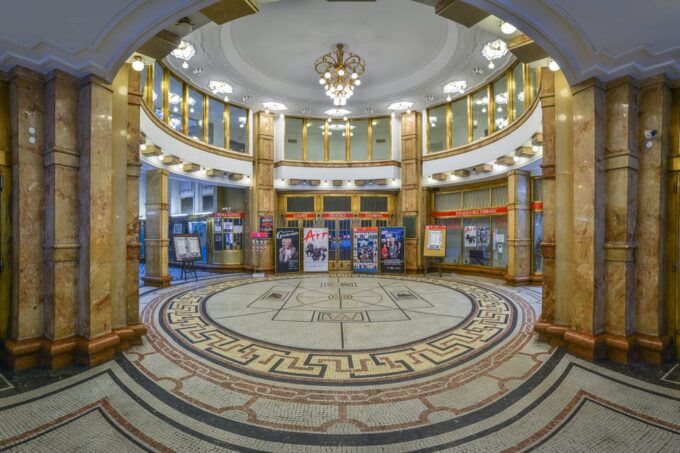
The legacy of communist totalitarianism looms large over Prague, shaping the city’s modern identity. On the tour, visitors explore the impact of this oppressive regime, from the imposing monuments that once celebrated Party rule to the stories of resistance and resilience.
Key highlights include:
-
Witnessing the stark contrast between the grand, imposing architecture of the communist era and the intimate alleyways that housed dissident activity.
-
Tracing the footsteps of those who fought for freedom, from student protests to the Velvet Revolution.
-
Discovering how everyday life was shaped by the constraints and surveillance of the totalitarian system.
-
Gaining a deeper understanding of the enduring influence of this chapter in Prague’s history.
Significant Locations Visited
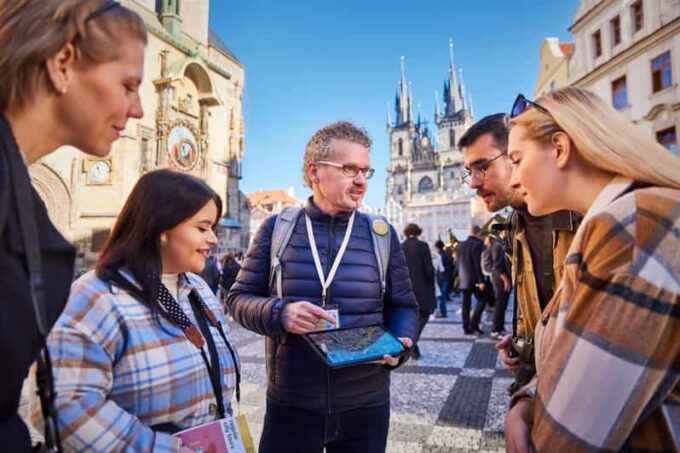
Throughout the tour, visitors come across a tapestry of significant locations that tell the story of Prague’s communist past. These include the Old Town Square, where pro-democracy demonstrations took place, and Wenceslas Square, the center of the Velvet Revolution. The tour also explores Rybná Street, once home to a fruit market, and Národní Street, a hub of student activism. Visitors gain insights into life under totalitarianism at U Stýblů and the Franciscan Garden. The tour culminates at Václav Havel Square, named after the dissident playwright who became the first president of the Czech Republic after the fall of communism.
| Location | Significance |
|---|---|
| Old Town Square | Site of pro-democracy demonstrations |
| Wenceslas Square | Center of the Velvet Revolution |
| Rybná Street | Former fruit market |
| Národní Street | Hub of student activism |
| Václav Havel Square | Named after the first post-communist president |
Frequently Asked Questions
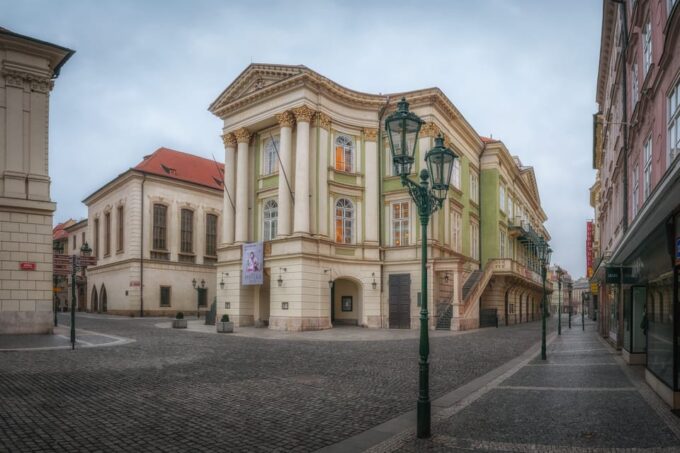
What Were the Living Conditions Like Under Communist Rule?
Life under communist rule was challenging, with limited personal freedoms, shortages of consumer goods, and tight government control over most aspects of daily life. Citizens faced restrictions on travel, expression, and access to information.
How Did the Communist Regime Control the Media and Information?
The communist regime tightly controlled the media, censoring information and disseminating propaganda. They limited access to outside news sources and monitored citizens’ communications to maintain a strict grip on the flow of information in the country.
What Role Did the Secret Police Play in Daily Life?
The secret police were a powerful force in daily life under communism. They closely monitored citizens, infiltrated organizations, and used fear and intimidation to maintain control over the populace and crush any dissent or opposition to the regime.
Were There Any Significant Resistance Movements Against the Regime?
Yes, there were significant resistance movements against the communist regime in Prague. Dissident groups like Charter 77 and Civic Forum organized public demonstrations and advocated for democratic reforms, ultimately playing a key role in the Velvet Revolution in 1989.
What Was the Impact of the Velvet Revolution on Prague’s Citizens?
The Velvet Revolution transformed Prague, empowering citizens to reclaim their freedom and democracy. It ended decades of communist rule, allowing Praguers to freely express themselves and shape their city’s future after years of oppression.
Recap
Prague’s communist past is a sobering chapter in the city’s history. The tour offers an immersive experience, guiding visitors through significant landmarks that evoke the challenges and resilience of that era. By exploring this legacy, travelers can gain a deeper understanding of the nation’s transformative journey to democracy and the enduring impact on Prague’s cultural and architectural identity.
You can check if your dates are available here:More Tour Reviews in Prague
Not for you? Here's more things to do in Prague we have recnetly reviewed
- 7 Best Canoe And Kayak Experiences In Prague
- 16 Best Christmas Experiences In Prague
- 25 Best Cruises And Boat Tours In Prague
- 25 Best Dining Experiences In Prague
- 25 Best Food Tours In Prague
- 16 Best Full-Day Tours In Prague
- 4 Best 2 Day Tours In Prague
- 2 Best Coffee Tours And Tastings In Prague
- 15 Best Massage And Relaxation Services In Prague
- 20 Best Photography Experiences In Prague
- 13 Best Craft Beer Tours And Tastings In Prague
- 25 Best Dinner Tours In Prague
